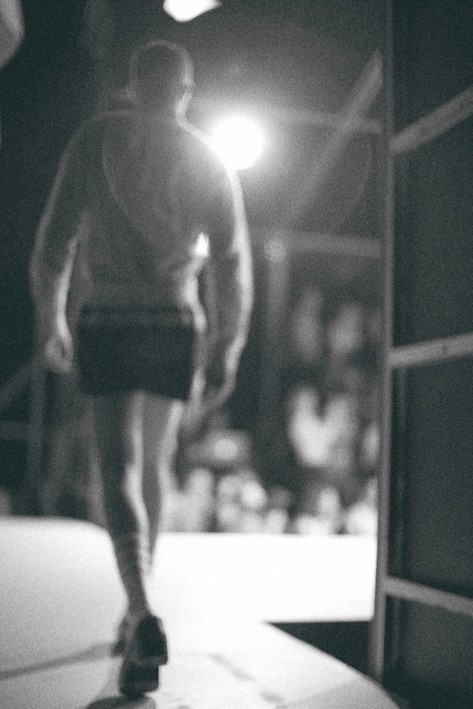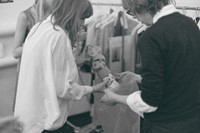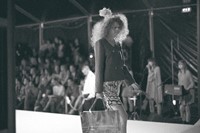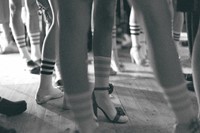Danes are rapt by their fashion week, which is not at all surprising – it is closely attuned to a sophisticated local market, and so generates contagious public excitement. "Fashion is an art form that is more integrated with the wearer than art
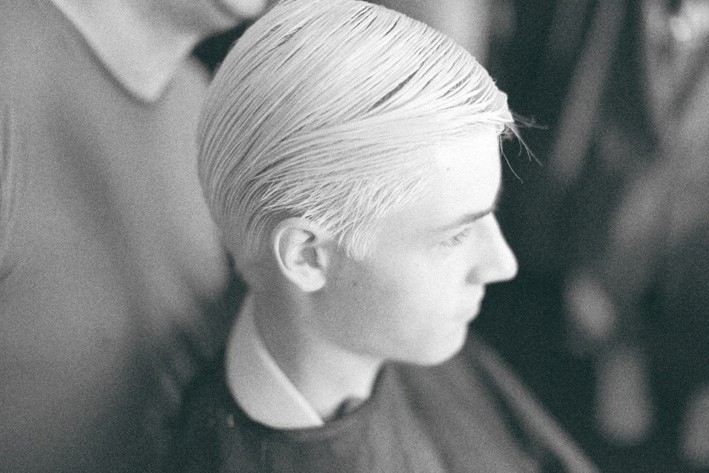
Danes are rapt by their fashion week, which is not at all surprising – it is closely attuned to a sophisticated local market, and so generates contagious public excitement. “Fashion is an art form that is more integrated with the wearer than art that goes on the wall,” explains the Danish Fashion Institute’s Eva Kruse. “We need to tell that story and welcome everyone in Copenhagen to the world of fashion.”
Every season, massive television screens throughout the city draw potential shoppers to the spectacle. However, this time Copenhagen Fashion Week featured an even more ambitious attempt to integrate fashion into the city's cultural calendar. The big attraction was “The World's Greatest Catwalk.” After opening words from Helena Christensen, 220 models valiantly traversed a mile-long shocking-pink catwalk from the city hall down the Strøget high street past 100,000 thrilled spectators. Even a rainstorm – that broke just after Christensen thanked nature for not producing a downpour like the one that had soaked a few earlier shows – did little to dampen the excitement, as Danish celebrities, and models ranging in age from infants to the elderly, flaunted local mid-range clothes in pin-up, Victorian doll, pop-starlet and other entertaining styles.
Beyond that engaging pop element, the week also offered more insider-focused artistic, and thought-provoking, collections. London-based Danish designer Peter Jensen’s first show of women's wear in Copenhagen and debut of his resort line were similarly youth-inspired. Jensen looked to his childhood and based his collection around Lisa’s Birthday, his favourite book, presenting party-ready pretty dresses paired with gym knee socks and big bows – his signature sinister undercurrent seeping through the too-small cuts to remind us of his slightly pervy imagination.
The emphasis on making Danish fashion accessible was exemplified by the Margit Brandt exhibition at the Kunstindustrimuseum (design museum), where a retrospective spotlighted her importance as an icon of 70s chic. Brandt’s slinky safari collection, featuring golden-tinted models, did not renew overwhelming interest in the former Warhol-darling and “Scandinavian Mary Quant.” But it was a sexy show, and the safer cuts, riffing on the overwhelming African and Caribbean trend that reigned over the week, seem set to be popular.
From brands guaranteed to saturate the high-street to the unusually softly-coloured Vilsbøl de Arce collection, this season in Copenhagen was dominated by far-away dreams even the world's longest catwalk couldn’t reach.
